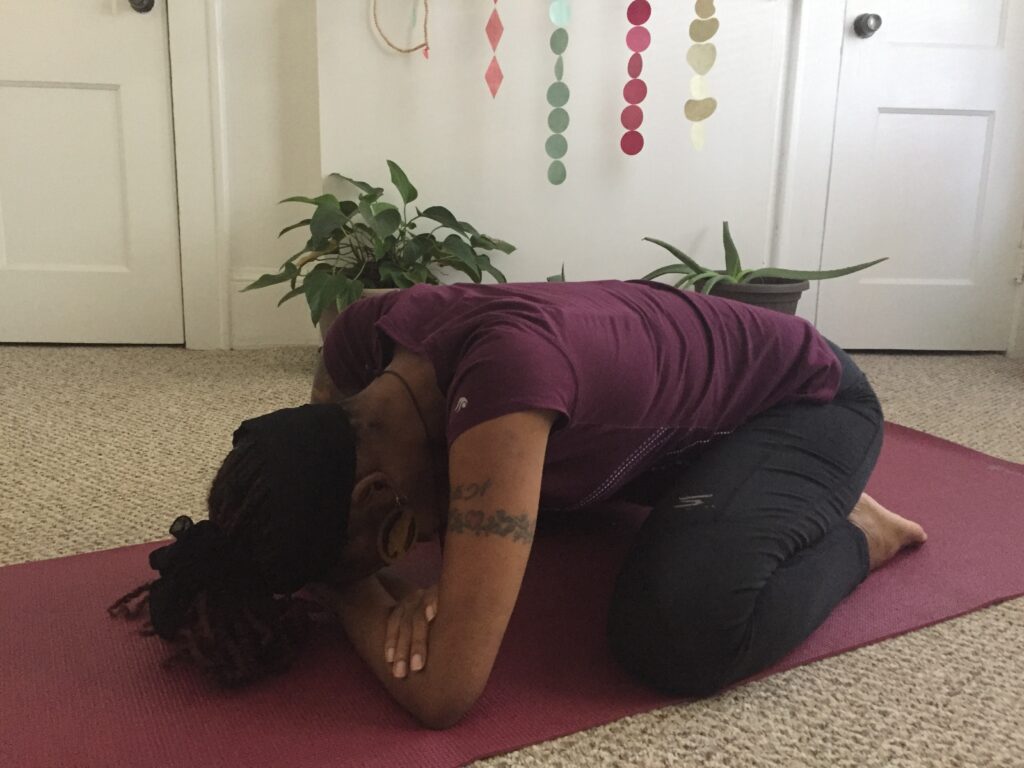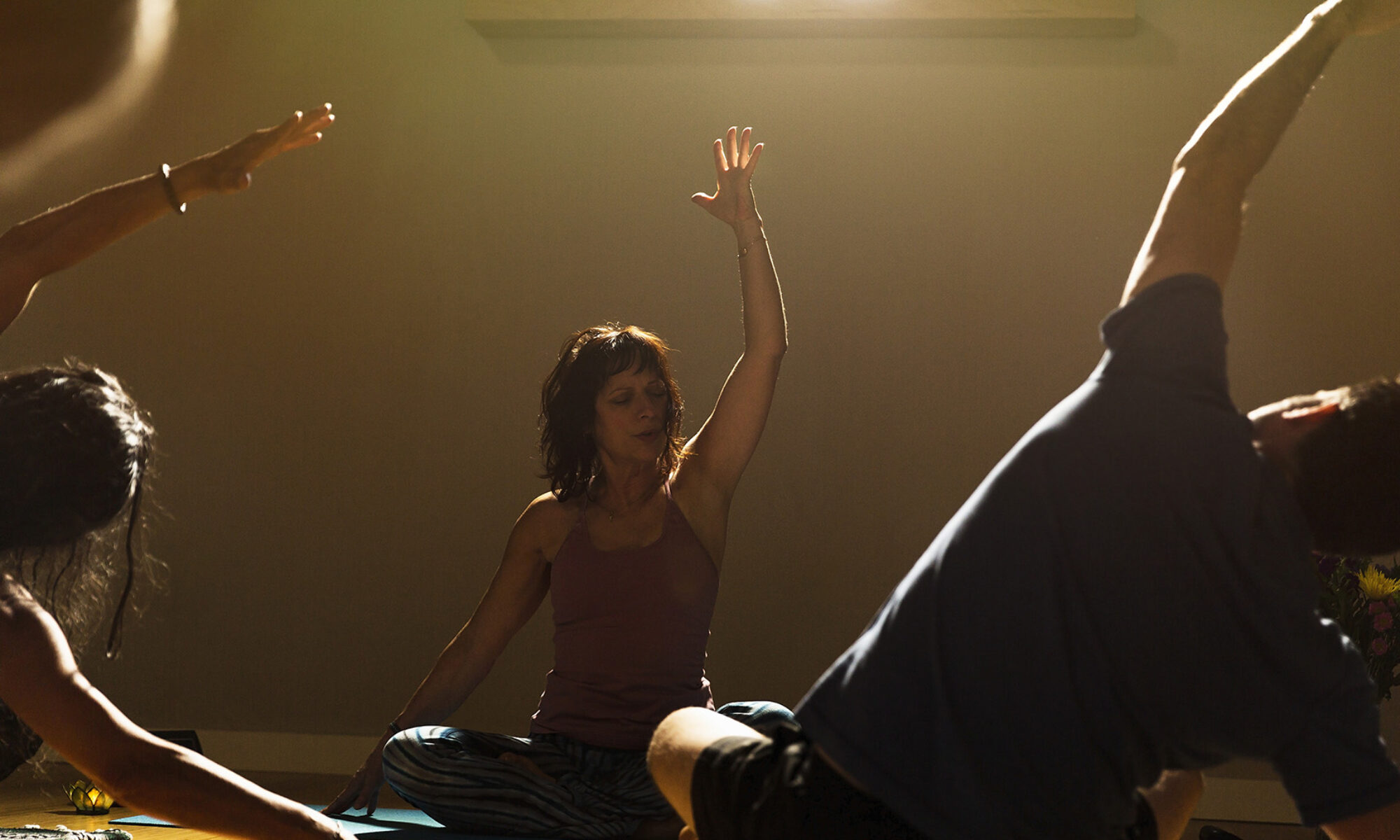Almost unknown, yoga therapy can be a powerful ally on the path to well-being. Here’s everything you wanted to know about the practice but never dared to ask.
What Is Yoga Therapy?
Let’s talk about yoga first. Many people think of yoga as a physical activity made up of stretching and movement. But that’s not the whole picture. Yogis have known for millennia that the body and mind are one. They developed a practice—yoga—that touches the person as a whole, on a physical, mental, emotional, and spiritual level. So, by definition, all yoga can be therapeutic. Then, what makes yoga therapy different from yoga?
First, the yoga therapist establishes a therapeutic relationship with you. She/he completely adapts the tools of yoga—meditation, yogic breathing, postures, etc.—to you, helping to activate your body and mind’s natural abilities to optimize your well-being. In yoga therapy, there’s no notion of doing a pose “correctly” or “incorrectly.” The therapist also offers psycho-emotional support through verbal communication and active listening, helping you feel better. In short, yoga therapy is a personalized journey, with the help of a yoga therapist, toward improved well-being.
One-on-one sessions are the ideal setting for a yoga theapy practice, although you can also practice in small groups.
Who Is Yoga Therapy For?
I often hear people say, “I can’t do yoga, I’m too stiff,” or “too big.” But yoga therapy is for everyone, regardless of age or physical condition, including those with disabilities.
What Is Yoga Therapy Used For?
According to the World Health Organization (WHO), the world is facing an unprecedented mental health crisis. In this context, yoga therapy can be a valuable ally, especially for anxiety, depression, post-traumatic stress disorder (PTSD), and insomnia. Increasingly, scientific studies show that yoga therapy can also help alleviate certain conditions, particularly chronic pain (such as lower back pain and arthritis) and fibromyalgia. It is also beneficial for people recovering from strokes, multiple sclerosis, and Parkinson’s disease. Likewise, it complements conventional medical treatments for cancer, diabetes, and heart disease.
That said, you don’t have to be ill to benefit from yoga therapy. It can simply be a powerful tool to help you live better. And that, in itself, is already a lot.
The Origins of Yoga Therapy
To trace the origins of this new complementary therapy, we need to go to the West Coast of the United States and focus on one person: Larry Payne. A Californian, athletic, and working in advertising in Los Angeles, Payne was making a lot of money and seemingly living the good life. But in 1978, at the age of 35, stress took its toll. His blood pressure skyrocketed, and he suffered from chronic back pain. Physical therapy, medication—nothing worked. Until one day, a friend took him to a yoga class. It was a revelation. For the first time in two years, his back pain disappeared. Payne felt reborn. He continued practicing yoga and eventually left his advertising career to dedicate himself fully to the practice.
After spending time in India, he returned to Los Angeles and worked tirelessly to promote yoga as a complementary practice. He taught yoga, wrote books, produced videos, appeared on radio and television, and in 1989, he co-founded the International Association of Yoga Therapists (IAYT).
The association truly found its footing in the early 2000s. Its mission was to be the voice of yoga therapy for the general public and within complementary and integrative medicine institutions. The IAYT began relying on science, compiling an increasing number of studies on yoga therapy and chronic illnesses. A major milestone was reached in 2004 when, for the first time, conventional healthcare professionals joined its advisory board. In 2007, the first yoga therapy symposium was held in Los Angeles. The association published training standards for yoga therapists in 2012.
Today, IAYT has 5,600 members across 50 countries and 150 accredited training schools. We are only at the beginning of what yoga therapy can bring to public health.

Sources :
– International Association of Yoga Therapists
– Yoga Therapy Health
– The Science of Yoga: the Risks and the Rewards, by William J. Broad (2012)

